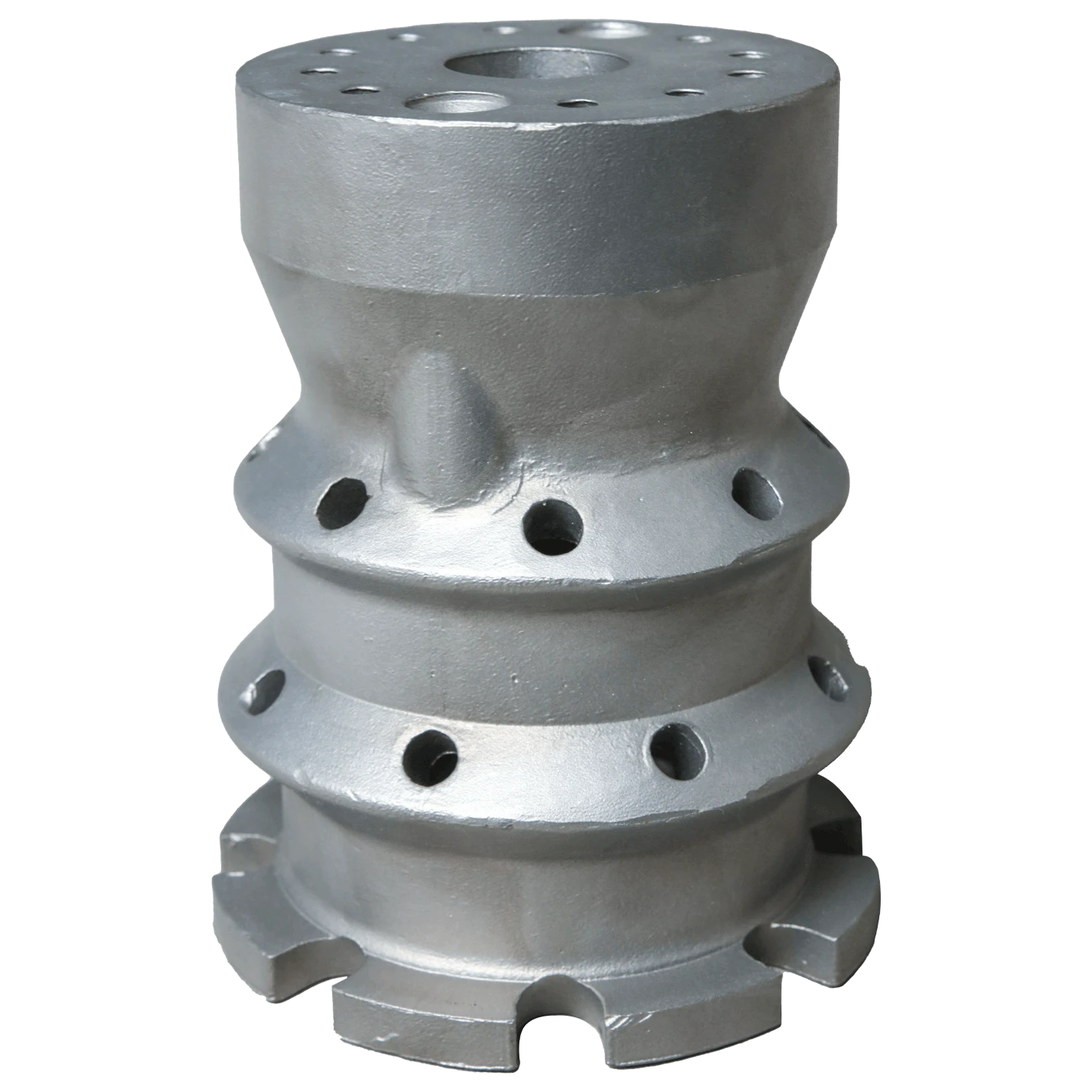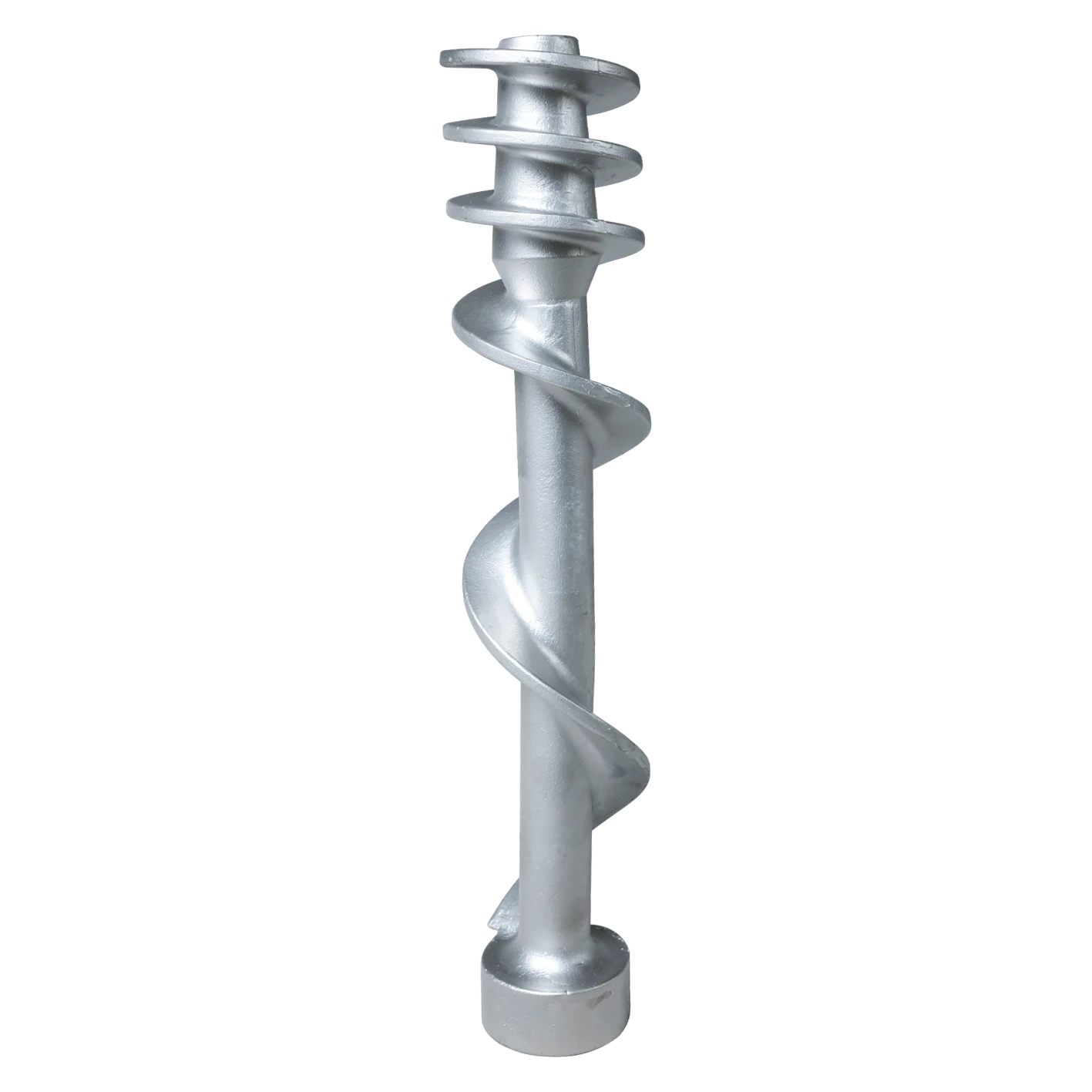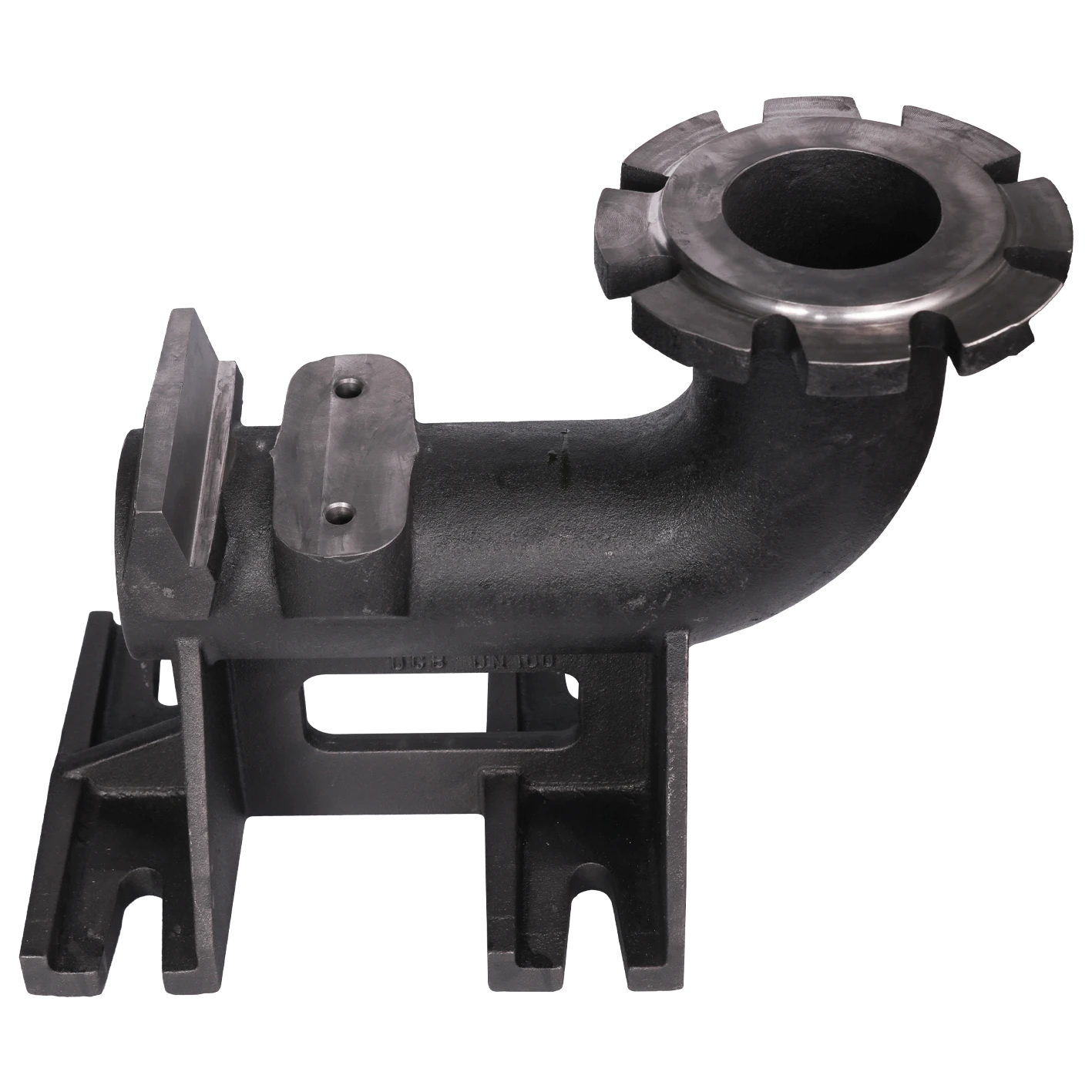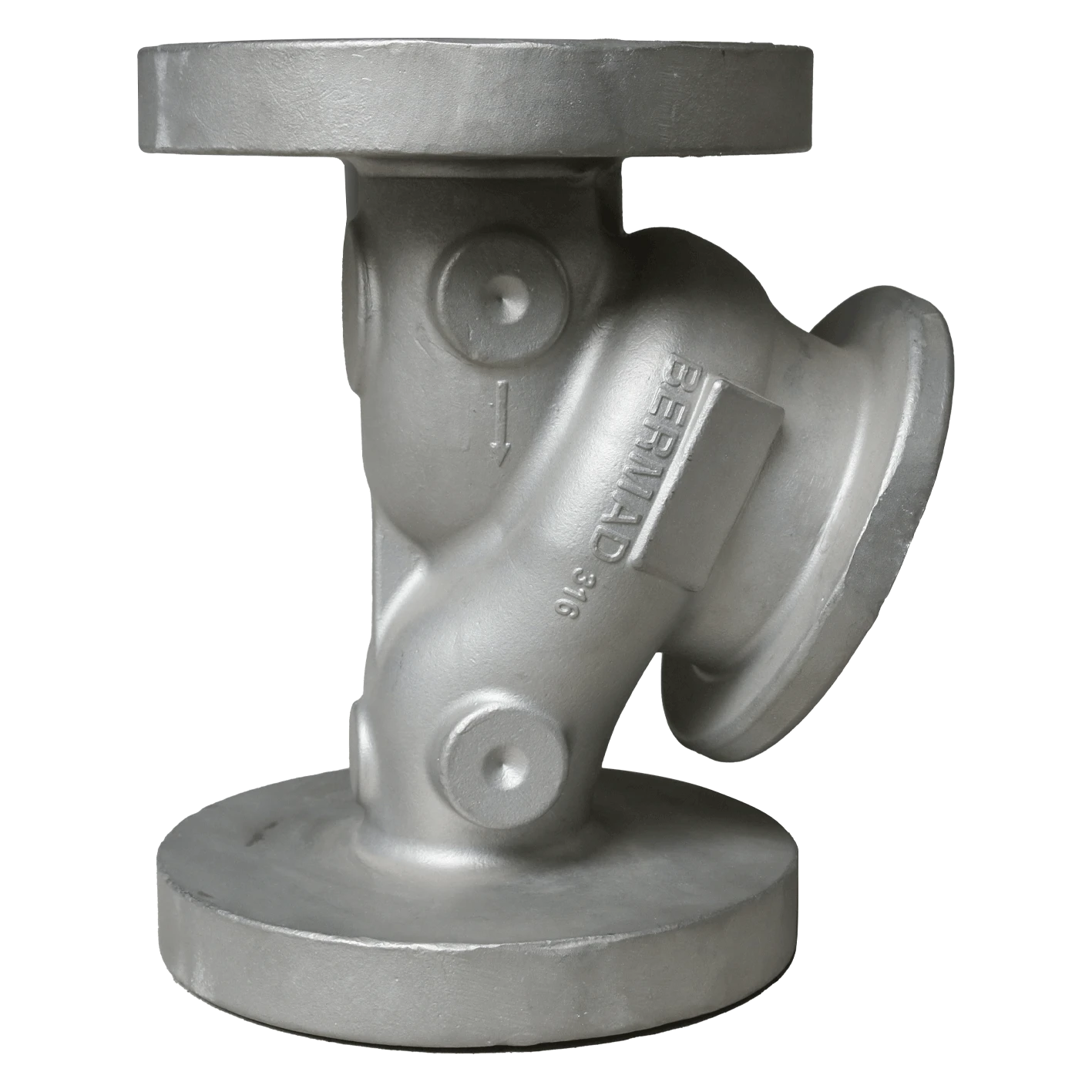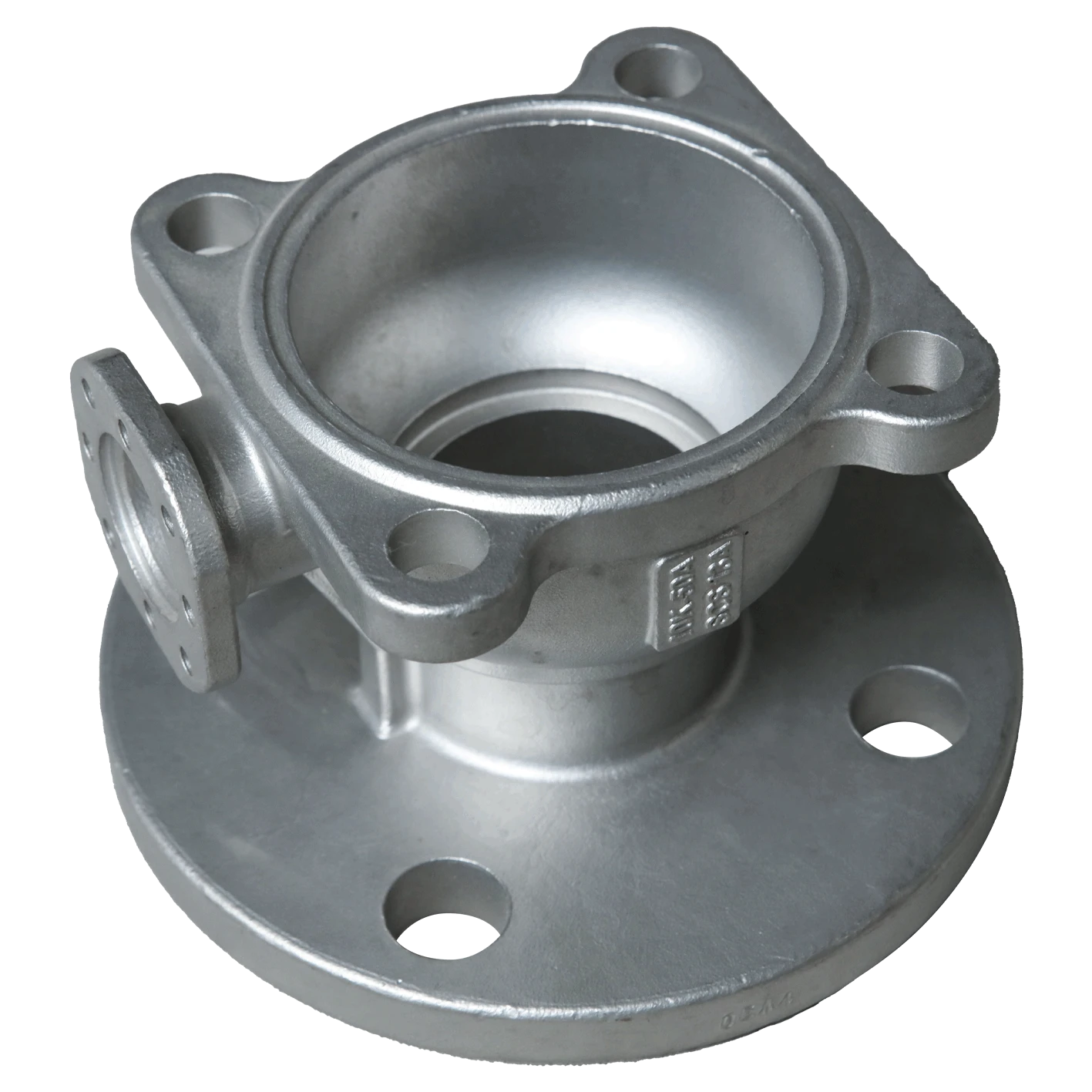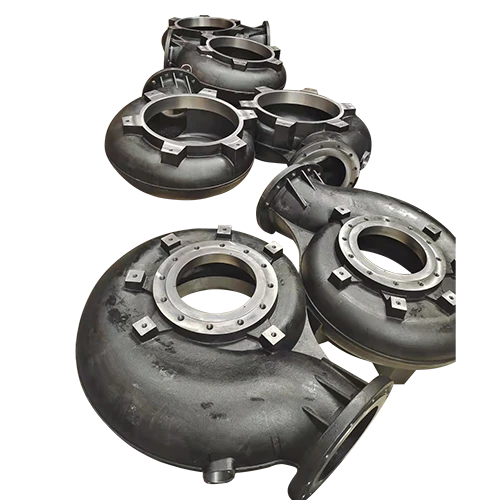Mobile:+86-311-808-126-83
Email:info@ydcastings.com
Exploring Various Types of Caps for Gas Pipes and Their Importance in Safety and Functionality
Understanding Gas Pipe Caps Purpose, Types, and Importance
Gas pipe caps are essential components in the piping industry, particularly when it comes to gas distribution systems. They play a critical role in ensuring the safety, efficiency, and proper functioning of gas pipelines. This article aims to explore the purpose, types, and importance of gas pipe caps in a comprehensive manner.
What are Gas Pipe Caps?
Gas pipe caps are fittings designed to seal the ends of pipes, preventing the escape of gas, dirt, and moisture from entering the system. They effectively close off the piping system, maintaining its integrity during installation, maintenance, or when a pipeline is not in use. These caps are typically made from durable materials such as steel, brass, or plastic, depending on the specific requirements of the gas system.
Purpose of Gas Pipe Caps
1. Sealing The primary function of gas pipe caps is to provide a tight seal at the end of a pipe. This prevents leaks that could lead to dangerous situations, such as explosions or asphyxiation. Proper sealing safeguards the integrity of the gas supply and the safety of individuals in the vicinity.
2. Protection Caps protect the exposed ends of pipes from environmental factors like dust, moisture, and debris. This is crucial during construction or maintenance periods when the piping system may be inactive. A cap ensures no harmful substances enter the pipe, which could affect the quality of the gas.
3. Safety In the gas industry, safety is paramount. Gas pipe caps mitigate risks associated with gas release due to accidental damage or unexpected pressure changes. By sealing off pipes, these caps help maintain stable pressure levels, reducing the likelihood of hazardous leaks.
4. Maintenance and Storage Often, gas pipe systems undergo regular maintenance or are temporarily taken out of service. Caps help in maintaining the system's readiness by ensuring that no contaminants can infiltrate the pipes. They also facilitate safe storage during installations, keeping systems clean and functional.
Types of Gas Pipe Caps
gas pipe caps

Gas pipe caps come in various designs to suit different pipe specifications and operational requirements. Some common types include
1. Threaded Caps These have internal or external threads that allow for easy attachment to threaded pipes. They provide a secure closure and can be easily removed when necessary.
2. Welded Caps Welded caps are designed for pipes that require a permanent seal. The cap is welded onto the pipe end, creating a strong and durable bond. This type is often used in high-pressure gas systems.
3. Slip-On Caps These caps are simply slid over the pipe without the need for threading or welding. They are commonly used in low-pressure applications and can be easy to install.
4. Plastic Caps Lightweight and versatile, plastic caps are used in various applications, particularly in less demanding environments. They are resistant to corrosion and can protect against moisture and debris effectively.
The Importance of Gas Pipe Caps
The significance of gas pipe caps goes beyond mere convenience; they are integral to the safe and efficient operation of gas distribution systems. Inadequate sealing or protection can lead to serious consequences, including environmental damage, safety hazards, and costly repairs. Therefore, selecting the right type of cap and ensuring its proper application is essential for any gas pipeline project.
Moreover, with increasing regulations surrounding safety in the gas industry, the role of gas pipe caps has become even more critical. As technology advances, the development of innovative materials and designs for gas caps continues, enhancing their performance and reliability.
In conclusion, gas pipe caps are vital for maintaining the safety and functionality of gas piping systems. Their role in sealing, protection, and maintenance underscores their importance in the infrastructure of gas distribution. Whether through threaded, welded, or slip-on designs, these fittings contribute significantly to the industry's operational efficiency and safety standards.
-
What Makes Stainless Steel Pump Casting Essential for Modern Industries?NewsJul.14,2025
-
Revolutionize Your Engine Maintenance with Premium Aluminum and Cast Iron ComponentsNewsJul.14,2025
-
Precision Flow Engineering Starts with the Right Pump ComponentsNewsJul.14,2025
-
Maximize Efficiency: Explore Reliable Containment and Crop SolutionsNewsJul.14,2025
-
Discover Superior Performance with Advanced Turbo ComponentsNewsJul.14,2025
-
Boost Fluid Dynamics with Precision-Engineered Pump ComponentsNewsJul.14,2025

